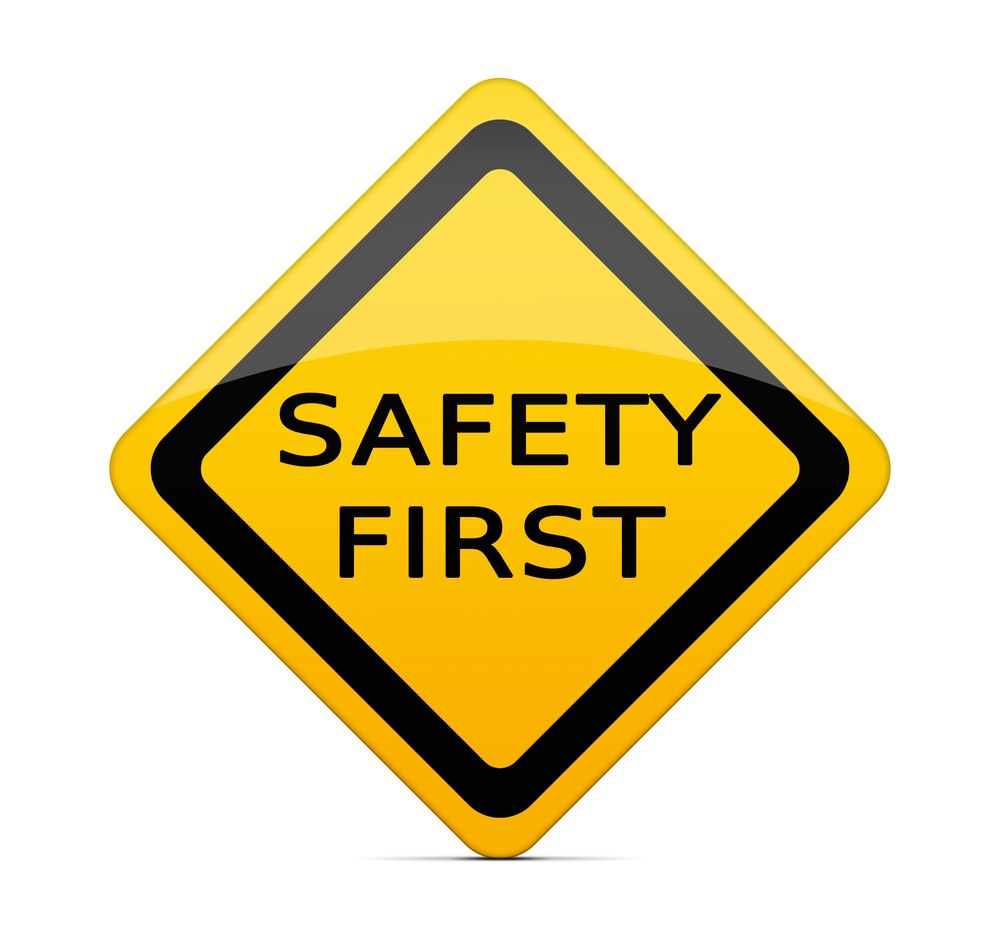 Your company’s biggest asset is your employees. Period. Hands down. Without a doubt.
Your company’s biggest asset is your employees. Period. Hands down. Without a doubt.
They are the most valuable thing you have going for you —without them, you wouldn’t have a company. As such, safety and creating a safety-first culture should always be at the forefront of your mind.
Your best strategy for establishing a safety culture is to create a comprehensive safety plan.
Here are just a few steps to get you started:
1. Know Your Risks
Every industry has its own particular set of safety awareness issues. Identify the risks in your workplace. Investigate every workflow, process, and piece of equipment. Conducting walkarounds, running analyses on potential risks, and revisiting previous incidents will give you the information needed to create a solid plan and training guides.
2. Review OSHA Guidelines
Other than knowing the risks of your workplace, being familiar with OSHA guidelines for your industry is the best place to start. Following these standards is a must for any business. OSHA holds American companies accountable for maintaining safe and healthful workplaces. Failure to comply with OSHA guidelines can cost you thousands of dollars in fines.
Since OSHA industry standards frequently change, staying informed and relevant is crucial.
3. Create a Program and Procedures
With full knowledge of your workplace risks and the OSHA requirements for your industry, create a comprehensive safety plan and put it in writing. Written documents of all safety procedures should be accessible and visible to employees. In addition, have policies and operations for each job and piece of equipment. Finally, address general situations such as:
• Fire prevention
• Emergency procedures
• Respiratory and hearing protection
• Electrical safety
• PPE protocol
4. Involve Employees
Involve your employees — get their input! They may have insight into things that you haven’t considered. Offer incentives for good safety practices. Let them know they can report concerns and non-compliance issues without retaliation. Involving your employees empowers them with a sense of ownership over their safety and the safety of others.
5. Train Employees
Continuous, relevant training is essential. Training sessions must occur regularly, even for seasoned team members. Train new hires immediately. Likewise, when an employee switches jobs within the company or returns after an extended absence. Finally, training must occur when you obtain new equipment or introduce a new procedure.
6. Involve Supervisors
Be strategic by involving your management team and supervisors. You may not always have direct contact with everyone on your team, but managers will. Enlist their help to cast vision and implement procedures for the rest of the company. They are your “boots on the ground” and can watch for non-compliance. They can also correct and help on the spot.
7. Have an Incident Plan
Even with a well-trained, safety-conscious team, accidents still happen. Having a plan already in place will make the situation much more straightforward. Know who you need to call, when you need to call them, and how to offer the best care to your employee. Document the incident and stay in contact with insurance.
At Gillmann Services Inc, safety is a top priority. We encourage candidates and clients to implement and uphold a safety-first mindset! If you need to hire some new talent for the new year, give us a call today!






